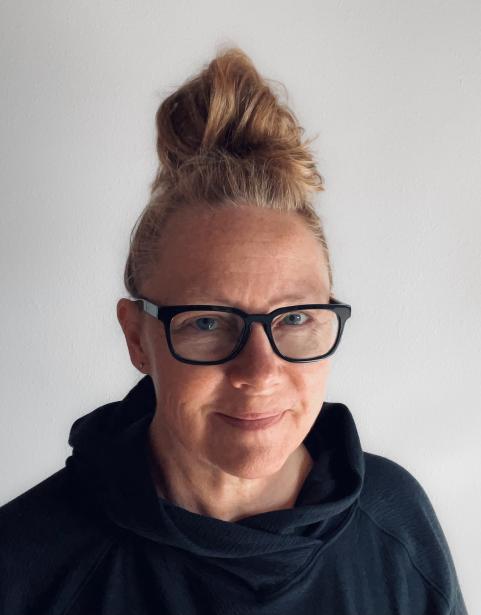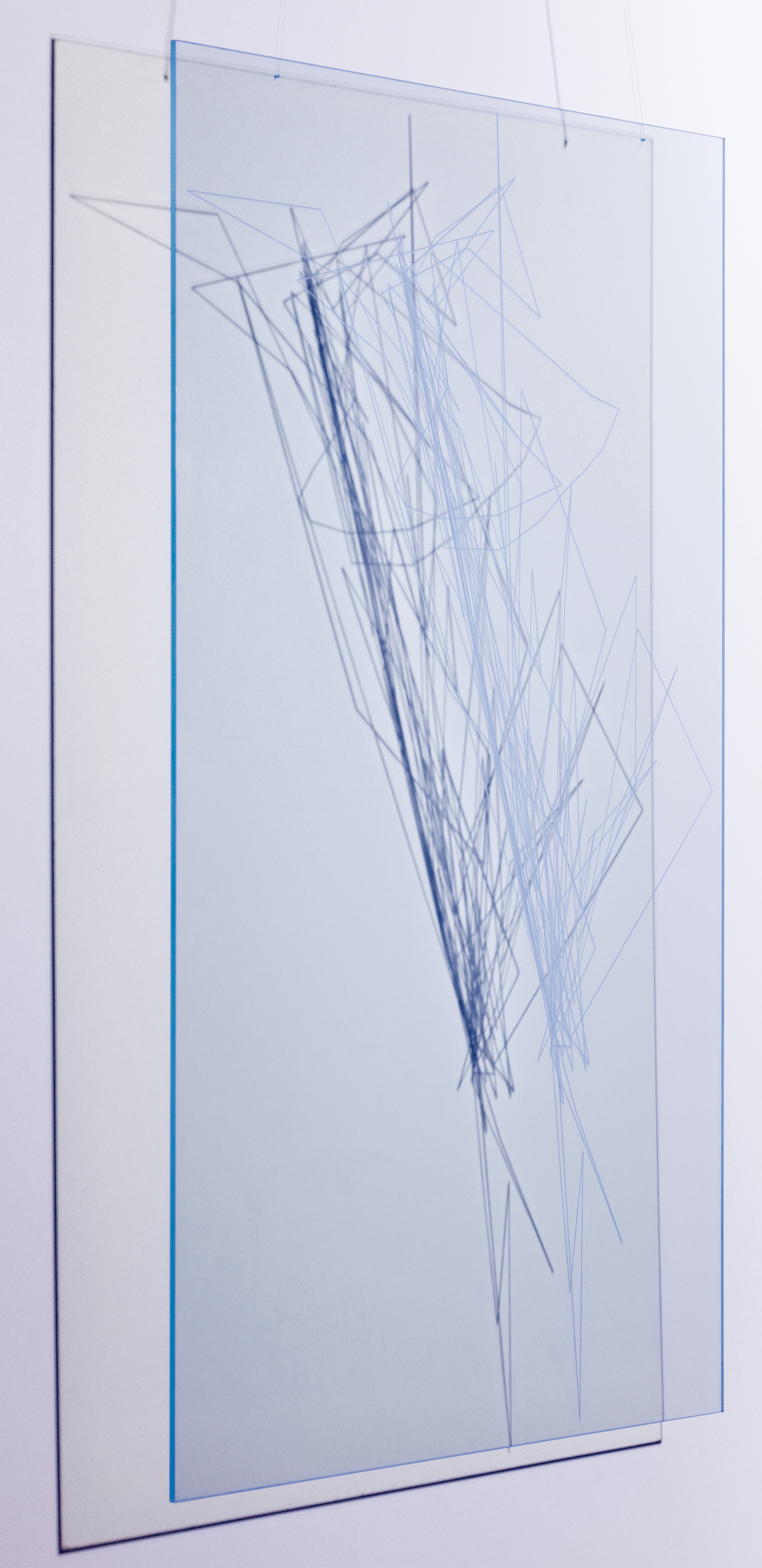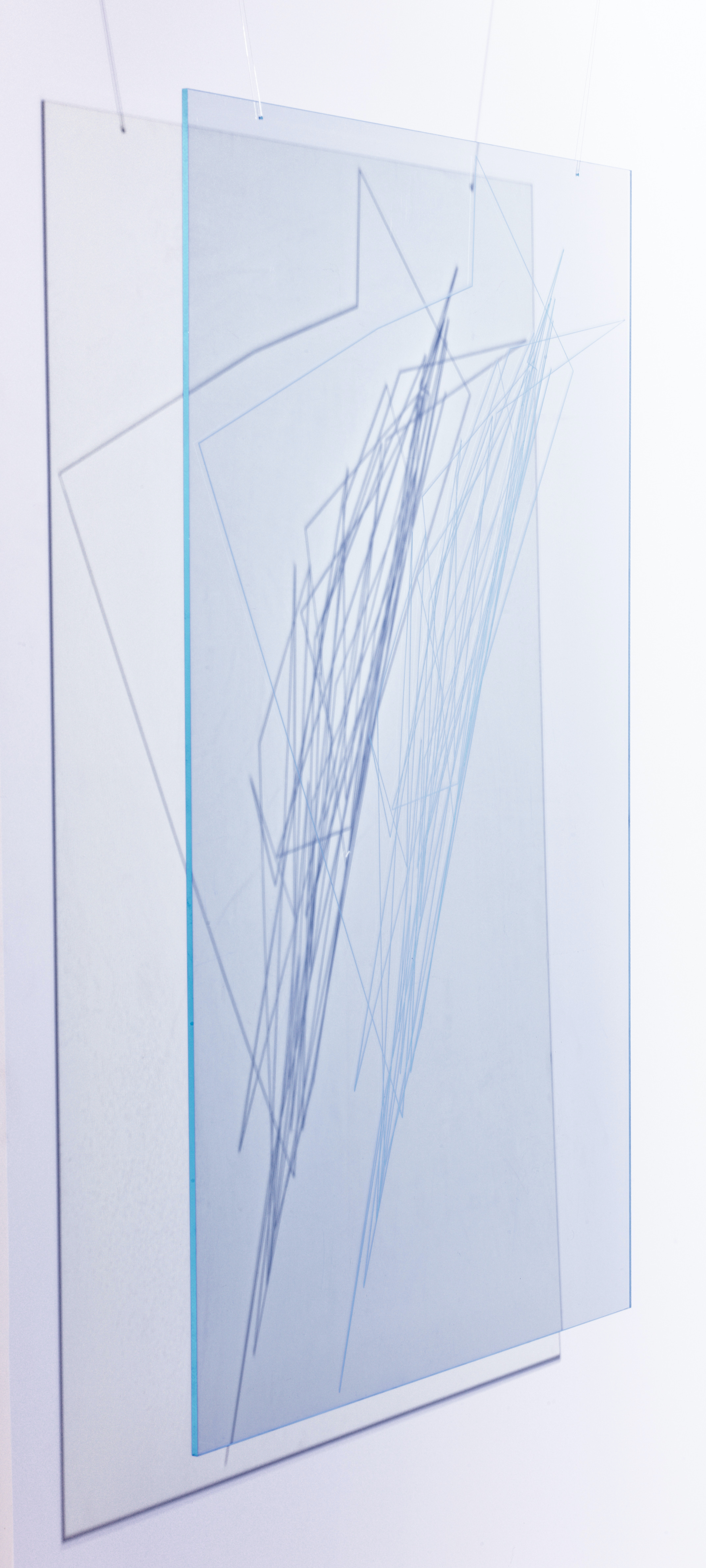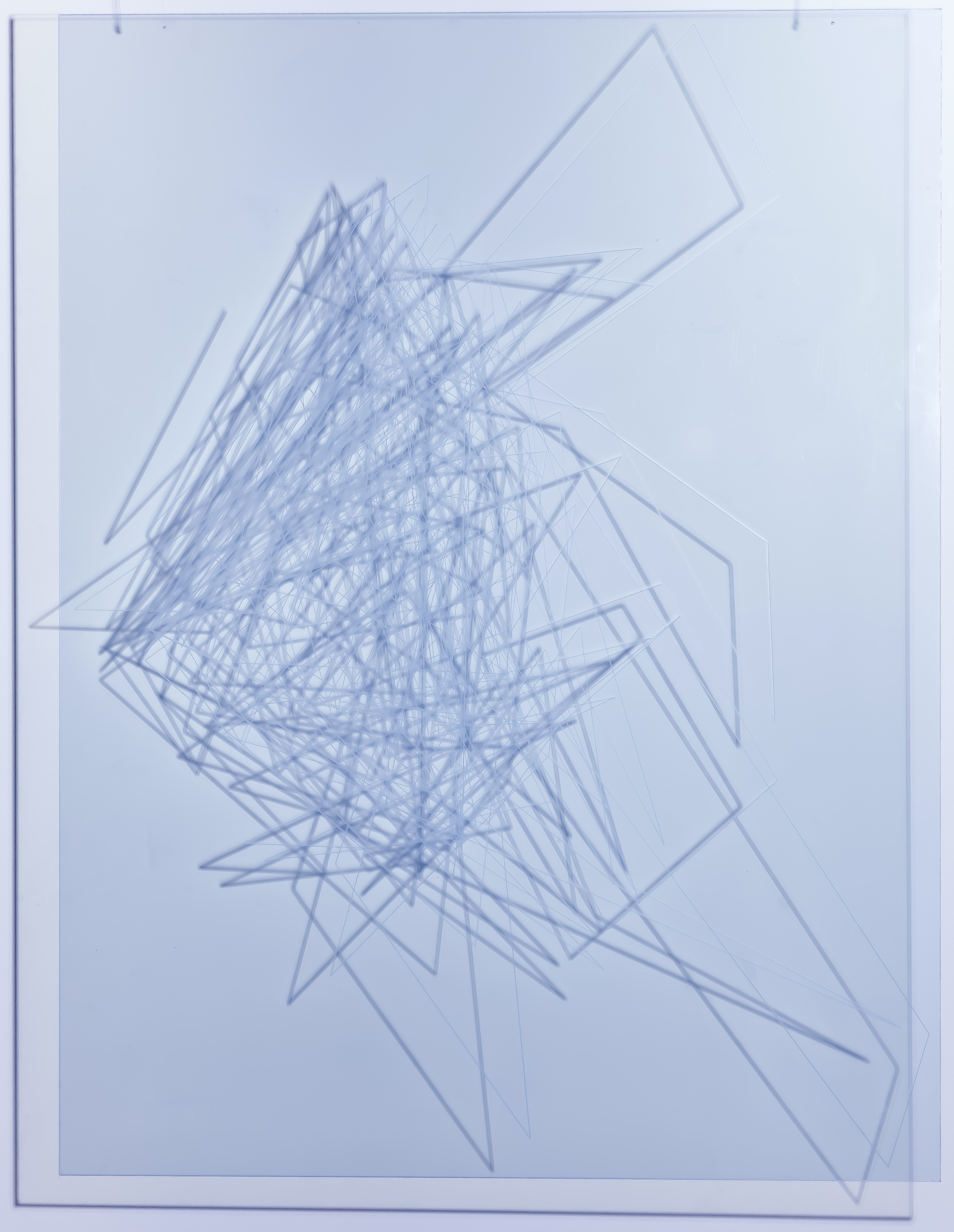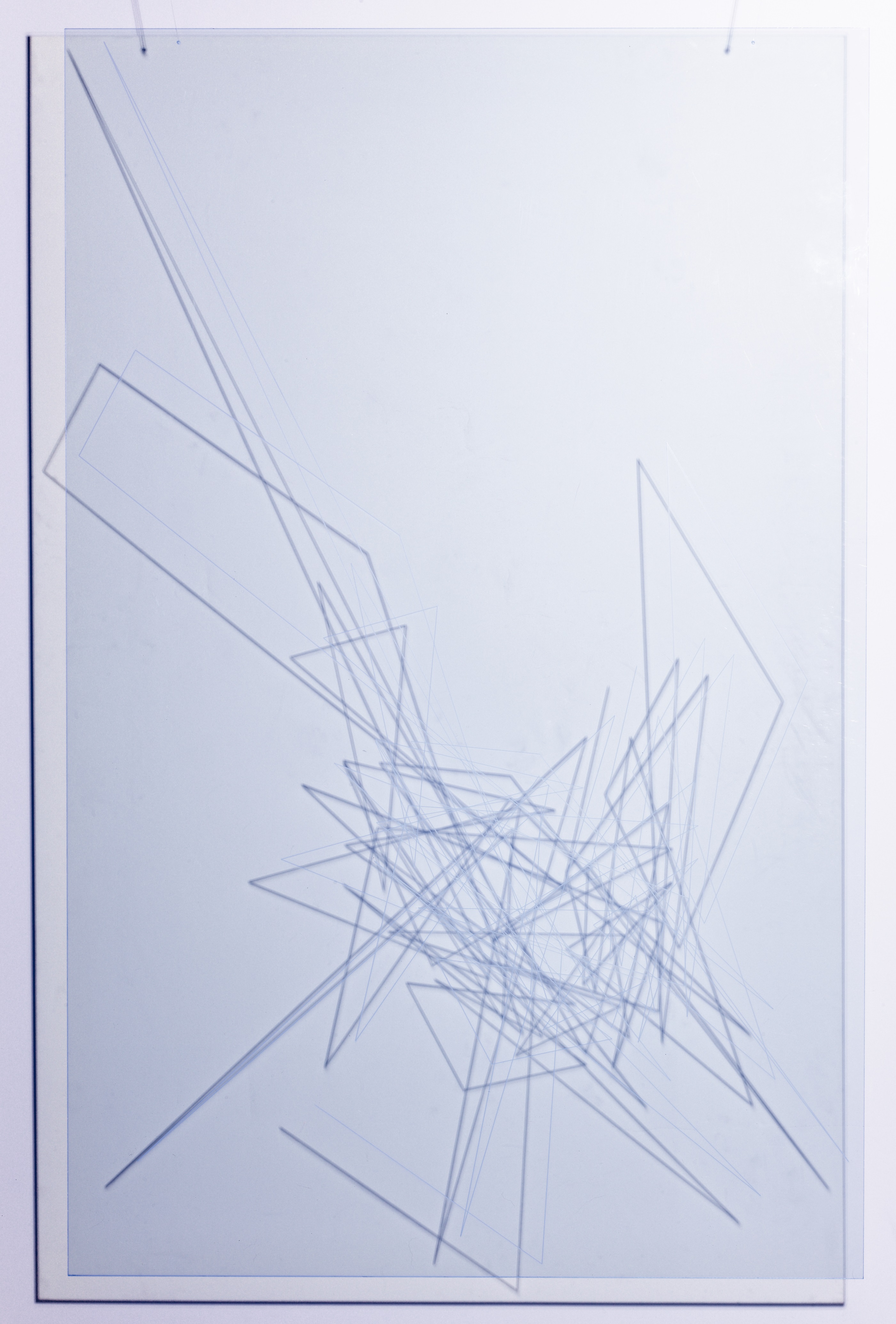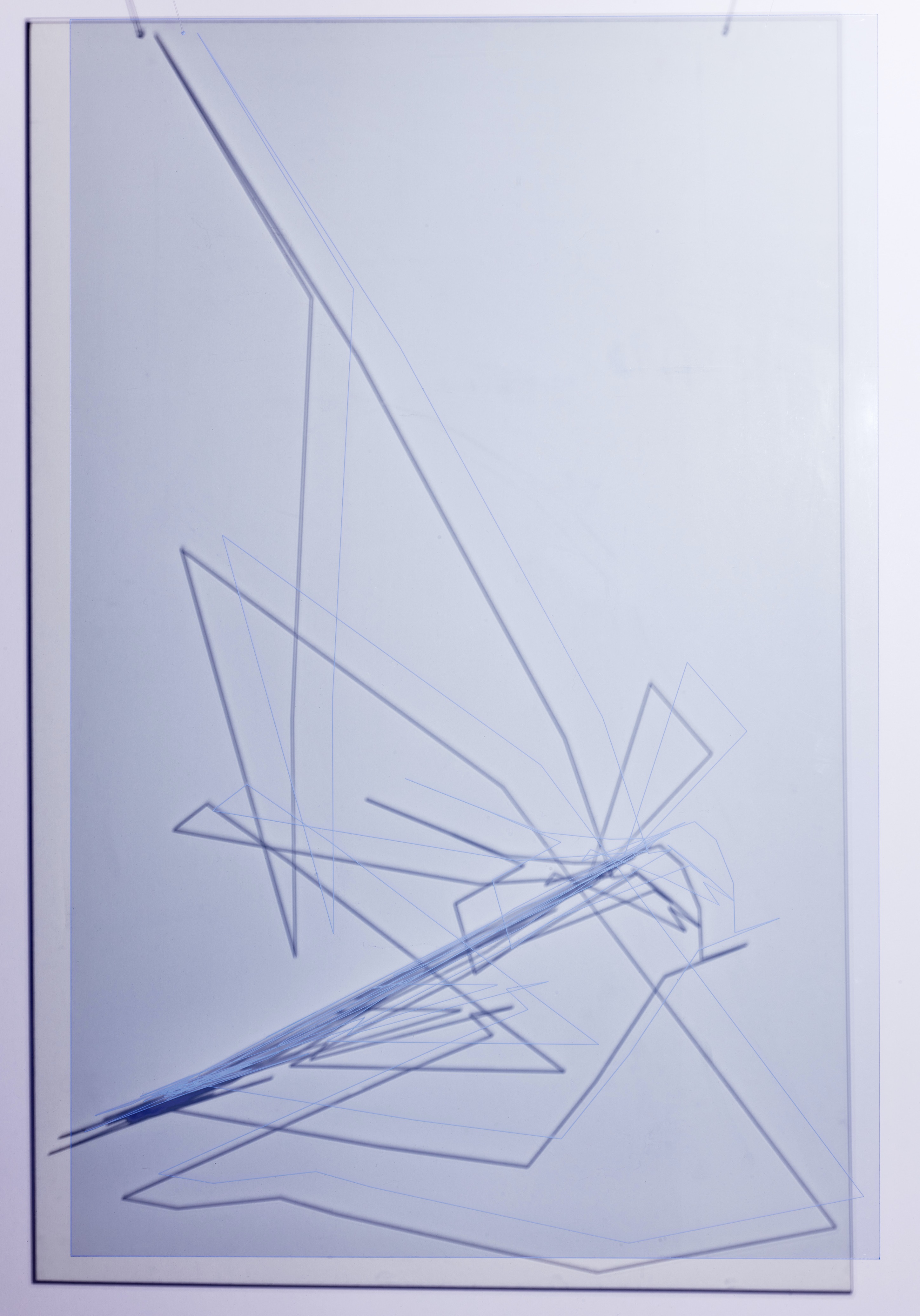Victoria L. Smits is an interdisciplinary artist living in Eugene, Oregon. She holds a BA in English, art, and secondary education from Calvin College and an MA in English Education from the University of Buffalo with a concentration in creative writing. Victoria has exhibited nationally and internationally, most recently at Spilt Milk Gallery in Edinburgh, Scotland, Intersect Arts Center in St. Louis, Stay Home Gallery in Paris, TN, the College Art Association (CAA) 2021 conference, and Yellowstone Art Museum. Her art and writing have been published in Home-Works, Torpor House, and Literary Life Chapbook. She completed a residency through the School of Visual Arts during the pandemic and received a mini grant from Integrity: Arts and Culture Association for her documentation of Labor Made Visible via GPS tracking systems. She will be presenting this work at SECAC (formerly the Southeastern College Art Conference) in 2022. Victoria will be graduating with an MFA in Studio at the School of Art Institute of Chicago in 2023.
Identity is altered when someone becomes a mother or life-long caregiver - too often becoming mother/caregiver first and individual second. At the beginning of the pandemic, when I felt trapped in my home with my youngest amid domestic labor without reprieve, my home felt heavy, overwhelming, and claustrophobic. The related anxiety has been discursive with new Covid variants.
Hegemonic roles of women have historically placed them as responsible for daily acts related to domesticity - cooking, cleaning, laundry, kin-keeping, and more - this is Invisible Labor. While there are exceptions and evolving constructs of egalitarian home and parenting responsibilities, many women still hold the brunt of this weight. In a May 2020 New York Times article about potential changes of these hegemonic norms during the pandemic, Morning Consult polled 2200 adults and found, “Even though men and women are both doing more housework and child care than usual during the lockdown, the survey found, the results suggest they aren’t dividing the work any differently or more equitably than they were before. Seventy percent of women say they’re fully or mostly responsible for housework during lockdown, and 66 percent say so for child care — roughly the same shares as in typical times.”
I often track regulatory runs with an app called, MapMyRun (GPS). While completing domestic chores in the home during the initial months of the pandemic, I became acutely aware of how these chores were increasingly dysregulating, exponentially so. I decided to document ten individual domestic acts (vacuuming, cleaning the house, organizing a storage area, for example) via MapMyRun, and transferred these to translucent acrylic as a record of recurrent Invisible Labor.
The I Am Mother. I Am More. project is a documentation of this Invisible Labor of mothers or those who mother, establishing a shared and cumulative impression of this burden. Despite our hope for some semblance of normalcy during this pandemic, questions remain around the residual impact of lockdowns in our homes, mask mandates, social-distancing guidelines, angst and political tension regarding how to educate children during this time, and the stress of back and forth CDC recommendations based on emerging information. This accumulated impact reveals the long-standing inequality of division of household chores and responsibility (Barroso, Amanda, and Juliana Menasce Horowitz. “The Pandemic Has Highlighted Many Challenges for Mothers, but They Aren't Necessarily New.” Pew Research Center, March 17, 2021).
